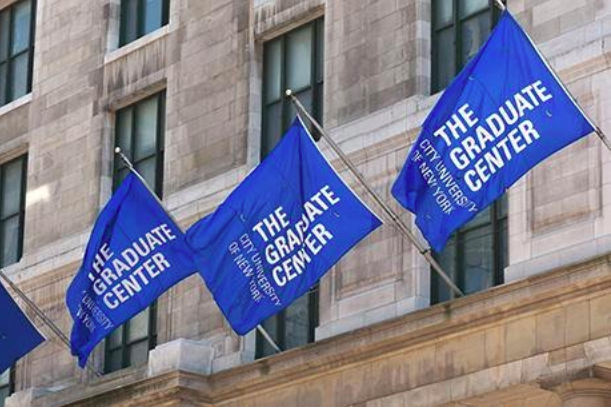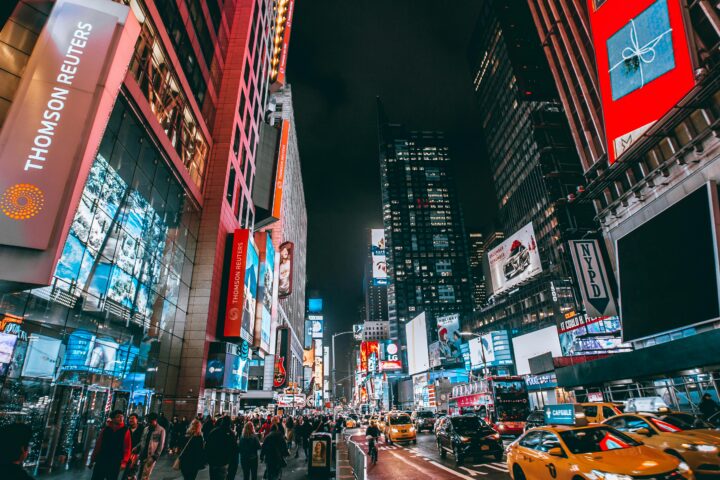Queens is one of the most diverse urban spaces in the world, a fact celebrated by notable academics, writers, historians and politicians at the LeFrak Concert Hall on Oct. 4.
“Come to Queens and see the world,” said Sen. Toby Stavisky, a Queens College alumnus who represents the borough’s 16th district, delivering the first of a series of lectures.
The Quintessential Queens Conference was the brainchild of John Waldman, professor of biology at QC who organized the event as an effort to reinforce the identity of the borough, which, over the years, has been in the shadow of Manhattan and Brooklyn.
Michael Cogswell, director of the Louis Armstrong House Museum, discussed the legacy of the jazz artist, who was a resident of Corona. Robert Sullivan delivered an ode to Queens in the style of the novel “On the Road” by Jack Kerouac, a former resident of Ozone Park.
Historians Jack Eichenbaum and Jeffrey Kroessler examined the evolution of the society and landmarks of Queens. Kroessler, who teaches at John Jay College of Criminal Justice, argued that Queens does not have an independent storyline. It merged into New York City in 1898 with an existential purpose to serve New York. For instance, the Flushing Meadows Corona Park site was the location of the Corona Ash Dumps in the early twentieth century. Coal burning furnaces dropped their ashes there and the rest of the city dumped horse manure and garbage.
Using a chart, Kroessler showed how the population of Queens, in comparison to the rest of the boroughs, has seen spurts of growth over the decades, in large part due to the influx of immigrants from all over Europe, Asia and Latin America who preferred to settle in Queens.
Andrew Beveridge, professor of Sociology at QC, sketched an image of the demographics of Queens. More than 48 percent of the Queens residents are foreign-born, the highest in NYC, with the top five immigrant nationalities being China, Ecuador, Guyana, Colombia and India. The city, he said, is in a constant state of flux and its’ identity at any given decade is qualitatively different from any other. Only 40 percent of the people who lived in NYC in 1993 still live here; the rest have come from all over the country and the world.
Other presentations included a spoken word performance by Judith Sloan and Warren Lehrer, an appraisal of some of the 74 neighborhoods of Queens by author Nicole Steinberg and a speech by poet and QC English professor, Nicole Cooley, who mentions that the ash dumps of Corona have become a paradigmatic image of how Queens has been perceived over the years.
As Cooley puts it, Queens is a state of mind. From a white, working-class borough in the first half of the twentieth century, Queens is now home to every nationality, race and creed imaginable. In this regard, Queens, Kroessler said, is an engine of assimilation, a laboratory that oversees the making of Americans.













